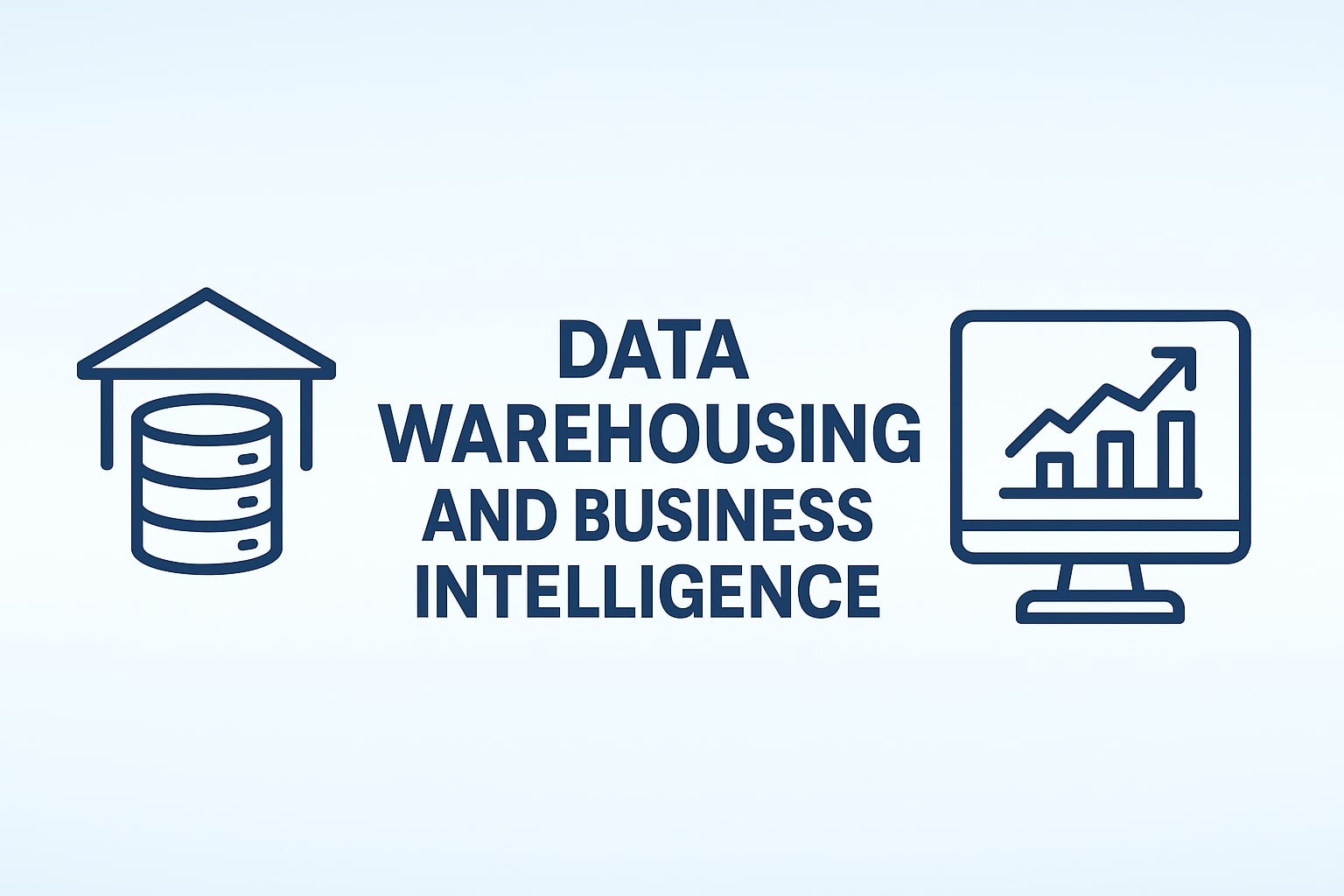Today’s business world is all about staying flexible. Companies are leaning more than ever on outside talent to keep up with shifting demands. Staff augmentation is a workforce model where you hire external professionals temporarily to fill skill gaps, manage busy periods, or scale up fast. It’s a clever way to tap into specialized skills without committing to the long-term costs and headaches of permanent hires.
Unlike old-school outsourcing, where you hand off entire projects, staff augmentation brings in outside experts to work right alongside your team. You stay in the driver’s seat, managing the daily work and direction, while getting that extra boost in skills and capacity.
Maybe you need niche tech skills, help with seasonal spikes, or just want to move projects along faster. Knowing the different models and how to put them to work can really help you make the most of this flexible approach.
Understanding the Staff Augmentation Model
Staff augmentation lets you bring in outside professionals who actually work under your management and blend into your teams. It’s not the same as outsourcing. With staff augmentation, you keep the reins and fill just the gaps you need.
Definition and Key Concepts
Staff augmentation is a strategic workforce model where you add skilled people to your team via an external provider. They’re technically employed by someone else, but you’re the boss, which means setting tasks, joining meetings, and keeping them in the loop with your processes.
The main flavors of staff augmentation:
- Commodity-based: Folks for basic admin or manual work
- Skill-based: People with specific technical chops
- Highly-skilled: Senior experts or specialists
You can ramp your team up or down as needed, no strings attached. That kind of flexibility is a lifesaver during crunch times or when you need a rare skill for a short stint.
Differences Compared to Outsourcing and Managed Services
Staff augmentation means you call the shots. With outsourcing, you hand off responsibility to another company, and they run with it. Augmented staff follow your lead; you decide what gets done and when. You can learn more about the differences with staff augmentation and outsourcing in this article.
Managed services are a whole other deal. The vendor takes over an entire business function, managing everything with little input from you.
| Model | Control Level | Management | Integration |
|---|---|---|---|
| Staff Augmentation | High | Your team leads | Direct team integration |
| Outsourcing | Medium | Shared responsibility | Limited integration |
| Managed Services | Low | Vendor managed | Separate operations |
With staff augmentation, your project management style stays the same. The new folks adapt to your way of doing things, not the other way around.
Scenarios Where Staff Augmentation Excels
This model shines when you need certain skills for a set period. Hiring can slow you down, so staff augmentation helps keep things moving.
Busy seasons or big launches? Bring in extra hands like developers, analysts, you name it.
Legacy systems hanging around? Sometimes you need someone who knows those old technologies. It’s tough (and pricey) to find full-time staff for that, so short-term help just makes sense.
Trying out new tech? If your team doesn’t know it yet, bring in someone who does. No need to retrain everyone or make a permanent hire. Just borrow the expertise for as long as you need.
Project-based work with clear start and end dates is ideal. You skip the pain of recruiting and layoffs, and just get the job done.
Types and Models of Staff Augmentation
There’s no one-size-fits-all here. Staff augmentation comes in lots of shapes, such as short gigs, long-term roles, local talent, overseas teams, remote, hybrid, etc. You can mix and match to fit your budget and project needs.
Short-Term vs. Long-Term Engagements
Short-term staff augmentation covers a few weeks to a few months. It’s perfect for projects, campaigns, or just getting through the busy season. You get the skills you need, fast, and say goodbye when the job’s done.
This approach is great for project-based work like software builds or marketing pushes. Folks can jump in quickly and roll off just as fast.
Long-term staff augmentation can last from six months to several years. You keep control, avoid the cost of permanent hires, and build up deep company knowledge without locking yourself in.
Long-term staff augmentation is a good fit for IT support, customer service, or specialty roles where you want stability but still need to flex the team size as things change.
Key Differences:
| Engagement Type | Duration | Best For | Cost Structure |
|---|---|---|---|
| Short-term | Weeks to 6 months | Project work, seasonal needs | Higher hourly rates |
| Long-term | 6+ months | Ongoing operations, specialized roles | Lower rates, volume discounts |
Onshore, Offshore, and Nearshore Models
Onshore staff augmentation means hiring people in your own country. That usually means smoother communication and fewer cultural hiccups, but it does cost more. Onshore staff augmentation is a safe bet for sensitive work or anything needing close oversight.
Offshore staff augmentation taps into talent overseas, saving you 40-70% on labor. It’s a huge draw for companies looking to cut costs and get access to global skills.
Of course, time zones can be a pain, and real-time chats might not always work out. Offshore staff augmentation is great for development, data work, or jobs that don’t need daily check-ins.
Nearshore staff augmentation is sort of the middle ground. It’s cheaper than onshore, closer than offshore. You get some cost savings and still have decent time zone overlap.
This setup is a nice balance. Nearshore staff augmentation works for teams who want to save money but don’t want to deal with crazy time differences.
Remote and Hybrid Staff Augmentation
Remote staff augmentation means your augmented team is fully distributed. You can hire from anywhere, slash office costs, and still get the talent you need.
With today’s tools, remote teams can mesh right in. Remote augmentation is now the norm for IT, content, and knowledge-based roles.
Hybrid staff augmentation mixes on-site and remote. Some folks come in for key meetings or phases, then work from home for the rest. It’s flexible and appeals to people who want a bit of both worlds.
This model lets you adapt as projects change. Just don’t forget to set up solid communication rules and give everyone the tech they need, so standards stay high no matter where people are working.
Implementation and Best Practices
Making staff augmentation work takes some planning. You need to pick the right partners, build a good onboarding process, and keep communication lines open. Otherwise, the extra hands can end up feeling like outsiders or, worse, slow things down.
Identifying Skill Gaps and Staffing Needs
Start by really digging into your team’s strengths and weaknesses before you bring anyone new in. Map out what your project needs against what your team already has—where are the holes?
Build a skills matrix for roles like developers, engineers, QA, cloud, PMs, and data scientists. Score your team’s abilities from 1-5 in each area.
Priority Assessment Framework:
- Critical gaps: Skills your team just doesn’t have
- Capacity gaps: Skills you have, but not enough people to cover the workload
- Expertise gaps: Advanced stuff your team can’t handle yet
Figure out how long you’ll need each role. A quick project might call for a different approach than a year-long initiative.
Set clear goals for each augmented role—what do they need to deliver, how will you measure success, and how should they fit in with your team?
And, of course, keep budget and timing in mind. If you’re in a rush, you may need to pay a premium and use platforms like Toptal. If you’ve got more time, you can be pickier about who you bring on board.
Selecting a Staff Augmentation Partner
Your staff augmentation partner can make or break your project. It’s worth checking their track record in your industry and seeing how they’ve handled projects like yours.
Look into the talent pools they can actually access. Some, like Andela, focus on certain regions, while others cast a wider net.
Key Selection Criteria:
- Vetting processes: How tough is their screening?
- Replacement policies: What if someone doesn’t work out?
- Cultural alignment: Do they get your work vibe?
- Communication standards: Which languages and time zones are supported?
Ask for case studies—preferably ones that look a lot like your own project in terms of tech and team size.
Notice how quickly they respond while you’re still in talks. If they’re slow now, odds are support won’t get better later.
Hammer out contracts that spell out responsibilities, IP rights, and how things end if they need to. Add performance metrics and regular reviews to keep everyone honest.
Integration and Onboarding of Augmented Teams
Onboarding sets the tone for how fast new team members get up to speed. Smooth integration and onboarding matter—treat external folks like they’re part of the crew from day one.
Have your docs ready before the team joins. Think technical specs, coding guidelines, project workflows—the works.
Essential Onboarding Elements:
- Access to all the tools and platforms they’ll need
- Introductions to the team and key stakeholders
- Clear roles and reporting lines
- Project timelines and milestone breakdowns
Pair new folks with someone experienced for the first month. It helps them learn the ropes and settle in faster.
Daily check-ins during week one work well, then move to weekly. Tackle integration snags as they pop up—don’t wait for official reviews.
Set up shared workspaces so internal and augmented members are working side by side, not in silos.
Effective Communication and Collaboration Tools
Your setup needs to make communication easy for everyone, no matter where they’re working from. Pick platforms that fit your team’s time zones and habits.
Stick to one set of tools. Mixing and matching just leads to confusion and lost info between teams.
Core Communication Stack:
- Real-time messaging: Slack or Teams for quick chats
- Video conferencing: Zoom or Google Meet for face-to-face
- Project management: Jira, Asana, or Monday.com for tracking
- Documentation: Confluence or Notion for shared docs
Lay out which tools get used for what. Emergencies? Instant messages. Project updates? Use your tracking system.
Bring everyone together for regular all-hands meetings. It helps the whole team feel connected, especially new or remote folks.
Shared calendars are a lifesaver. Try to plan meetings when time zones overlap, but let’s be real—sometimes you’ll have to compromise.
Advantages and Considerations
Staff augmentation lets you scale fast and tap into specialized skills, all while keeping costs down. Still, it takes some work to handle integration and security right. Knowing the upsides and risks helps you get the most from your workforce.
Scalability and Access to Specialized Skills
This model lets you expand your team quickly—no need for the usual hiring headaches. You can scale up or down in a few weeks, not months.
Global talent access changes the game. Need Eastern European developers, Indian data scientists, or Latin American designers? They’re just a call away.
When your project needs something niche—machine learning, blockchain, analytics—you can bring in exactly the right people without long-term commitments.
It’s especially handy for seasonal spikes. Retailers, for example, often boost their teams for the holidays, then dial back after, all without messy layoffs.
Key scalability advantages:
- Speed: Onboard talent fast
- Flexibility: Adjust headcount as needed
- Expertise: Fill hard-to-find skill gaps
- Geographic reach: Tap into talent worldwide
Cost Savings and Flexibility
Staff augmentation can seriously cut costs. Some reports show 30-50% savings over hiring full-time staff.
No benefits, no office space, no long-term strings attached. Remote teams mean less overhead and a bigger talent pool, too.
Financial benefits include:
- Lower recruiting expenses
- No benefits or insurance to worry about
- Skip onboarding costs
- Smaller office space needs
It’s not just about money. You keep direct control over your augmented staff—they use your tools and follow your processes. Unlike outsourcing, they’re part of your team, not off doing their own thing.
Providers send you pre-vetted pros, so you spend less time screening. This works for quick gigs or longer projects that need specialized skills.
Potential Challenges and Risk Mitigation
Let’s be honest—blending in augmented staff isn’t always smooth. Remote folks might run into cultural missteps, weird hours, or just plain communication hiccups.
Security is a big one. You’ll need strict NDAs and encrypted tools to keep your data safe.
Managing a mixed team takes real effort. Without clear oversight, it’s easy for projects to drift or expectations to get fuzzy.
Risk mitigation strategies:
| Challenge | Solution |
|---|---|
| Integration issues | Use tools like Slack; set up clear workflows |
| Security concerns | Enforce NDAs; require security training |
| Management complexity | Appoint project managers; define KPIs |
| Limited loyalty | Include them in team events; offer incentives |
When projects wrap up, knowledge can walk out the door with your augmented team. Document everything and make sure you have a handover plan before they leave.
Frequently Asked Questions
Staff augmentation isn’t just another staffing model—it comes with its own quirks, roles, and best practices. Knowing when to use it and picking the right partner is key to making it work for you.
How does staff augmentation differ from traditional outsourcing?
With staff augmentation, outside pros join your existing team. You stay in control of how things get done, day-to-day.
Traditional outsourcing hands off whole projects or functions to another company. They run the show, set the pace, and you just get the results.
Staff augmentation gives you more say over quality and deadlines since those folks are working alongside your team. You set the rules and the pace.
Outsourcing is less flexible—vendors call the shots. Staff augmentation lets you ramp up or down as your project shifts.
What are the key roles and responsibilities in a staff augmentation model?
Your project managers are still in charge. They assign tasks, set deadlines, and track performance—just like with your in-house team.
Augmented staff follow your processes and reporting lines. They’re in your meetings, using your tools, and sticking to your standards.
The provider handles recruiting, screening, and admin stuff like payroll. They make sure candidates check all your boxes before joining.
Your HR team looks after onboarding, permissions, and compliance. They keep the paperwork and legal side sorted out with the provider.
Can you provide an example of how a staff augmentation model is implemented in a project?
Say a software company needs three extra devs for a six-month mobile app project. They reach out to a staff augmentation provider, listing skills like React Native and API integration.
The provider sends over pre-screened candidates within a week. Your tech team interviews and picks the three that fit best.
These developers jump right in with your team, get access to your systems, and join all the usual meetings. They’re part of the daily standups and sprints, just like your regular staff.
Your project manager assigns their work as usual. The provider deals with their pay and contracts, so you don’t have to.
What are the advantages and disadvantages of staff augmentation versus consulting services?
Staff augmentation means you steer the ship. You can shift priorities, reassign work, and fully blend new folks into your processes.
Consultants, on the other hand, bring expertise and advice but often run their own show. They focus on outcomes, not your internal ways of working.
Staff augmentation usually costs less than consultants—you’re not paying for their management overhead or fancy frameworks.
Consultants do bring proven methods and industry know-how your team might lack, though. With staff augmentation, you need to provide direction and oversight yourself.
In what scenarios is staff augmentation considered to be most effective?
Short-term projects with specific skill needs are a great fit. You can bring in experts without making long-term hires.
When you need to scale up fast—maybe for a big launch or tight deadline—staff augmentation providers can get you the right people quickly.
It’s best when your project requirements and internal processes are clear. That way, you can slot in external resources with minimal friction.
And if you’re watching the budget? Staff augmentation lets you get skilled help only for as long as you need, without the overhead of full-time hires.
What factors should be considered when choosing a staff augmentation partner?
Look at the provider’s talent pool and where their people come from—bigger, more global pools usually mean you’ll find more specialized skills. Global talent pools offer more specialized expertise than regional providers with limited candidate networks.
Check how they screen and vet their candidates. It’s worth asking for real examples of how they judge both technical chops and whether someone will mesh with your culture.
Take a close look at their contract terms, pricing, and how they handle replacements. Make sure you know what you’ll pay for different skill sets, how contracts can be changed, and what happens if someone just isn’t working out.
Ask about their communication style and how they support project management. How do they handle onboarding? What about keeping tabs on performance or staying in sync with your own teams? These details can make or break the experience.








